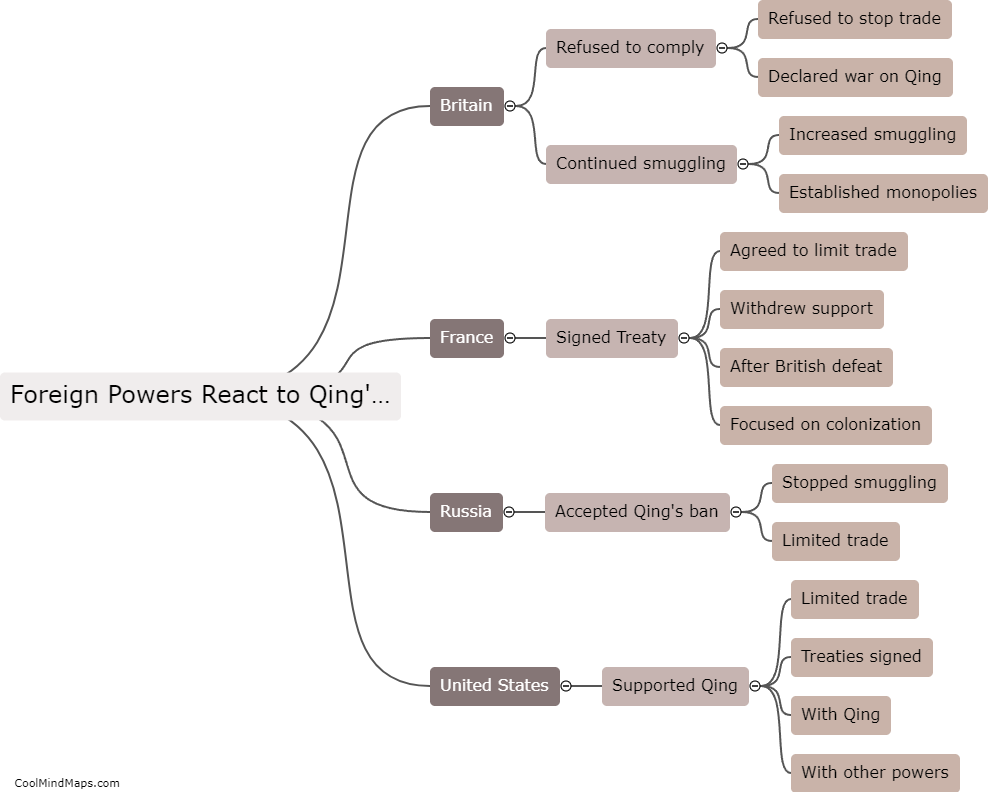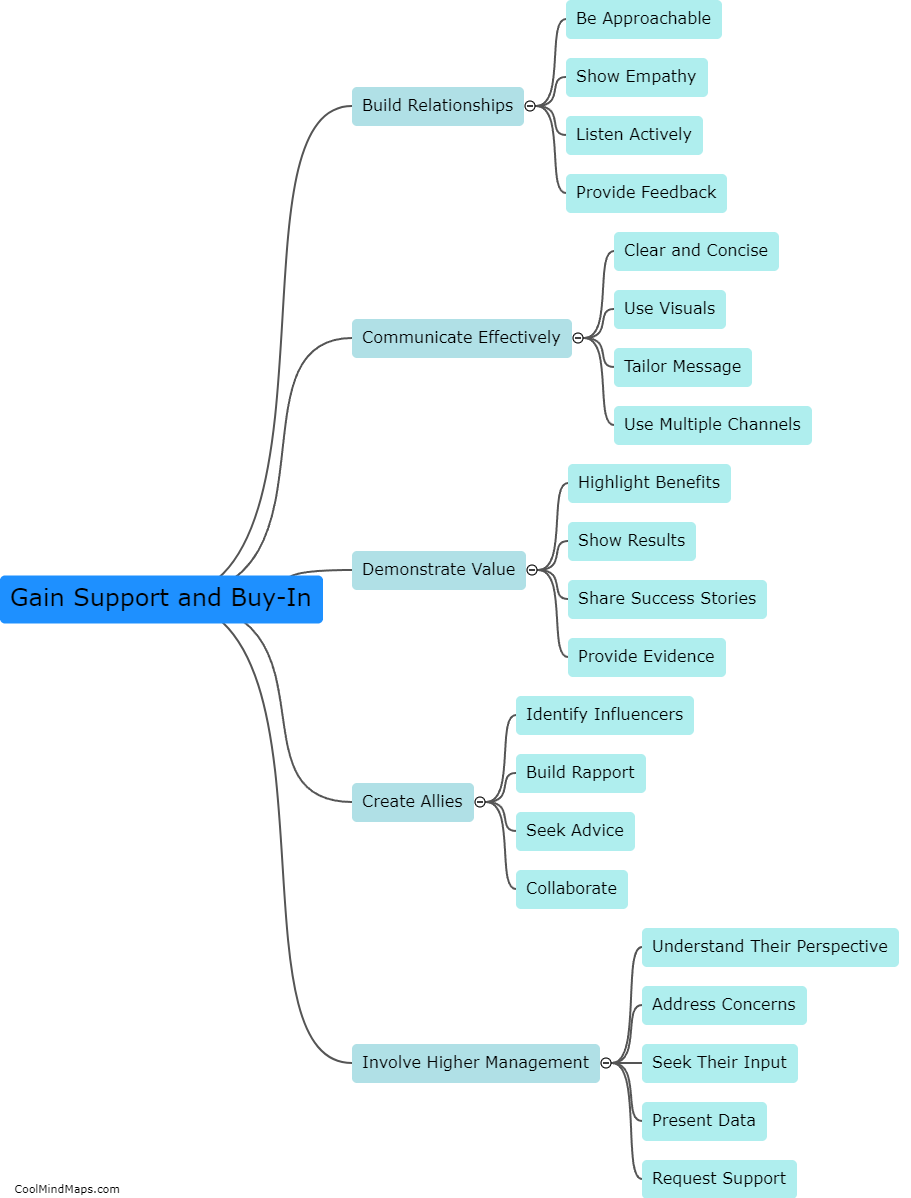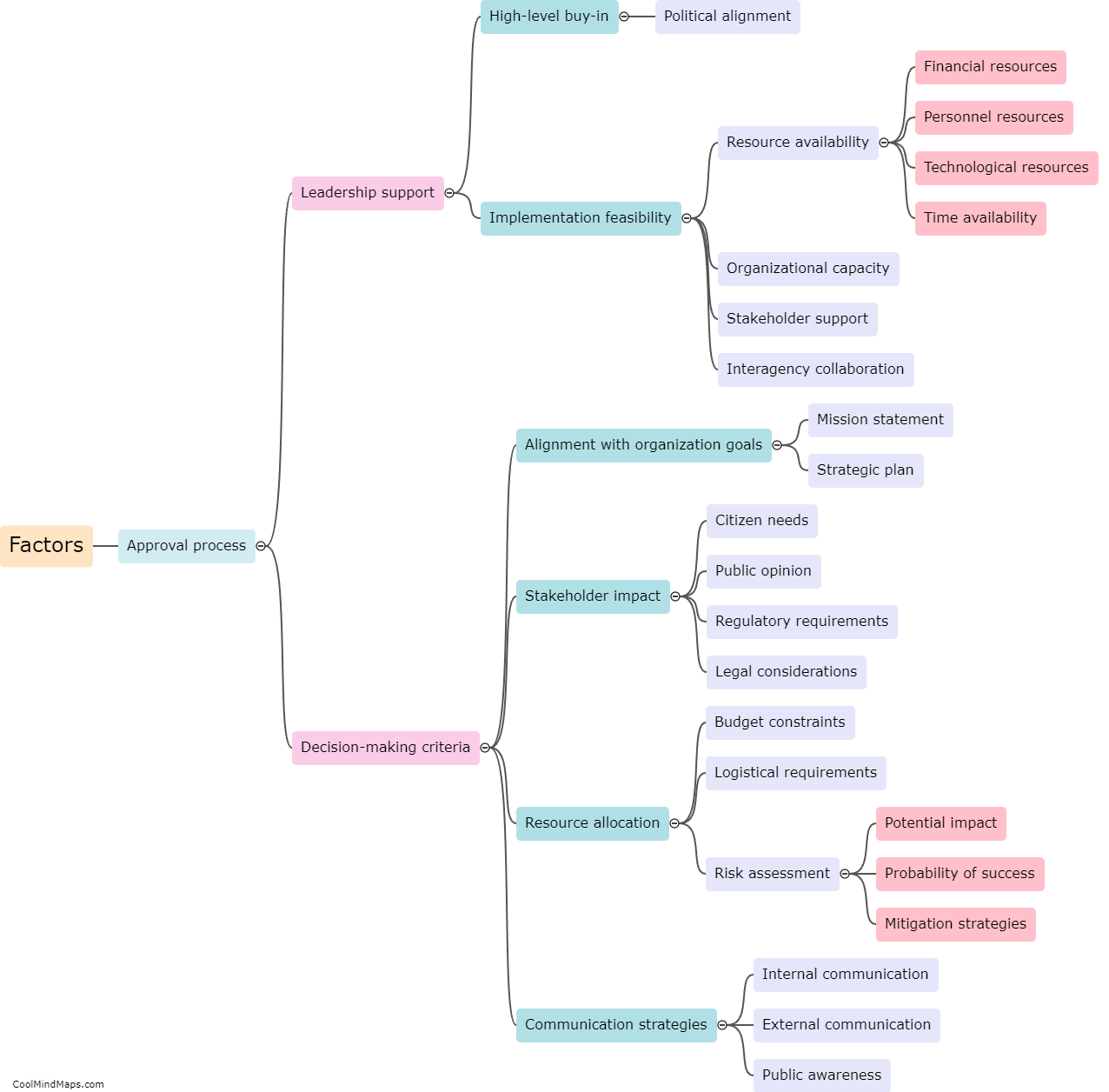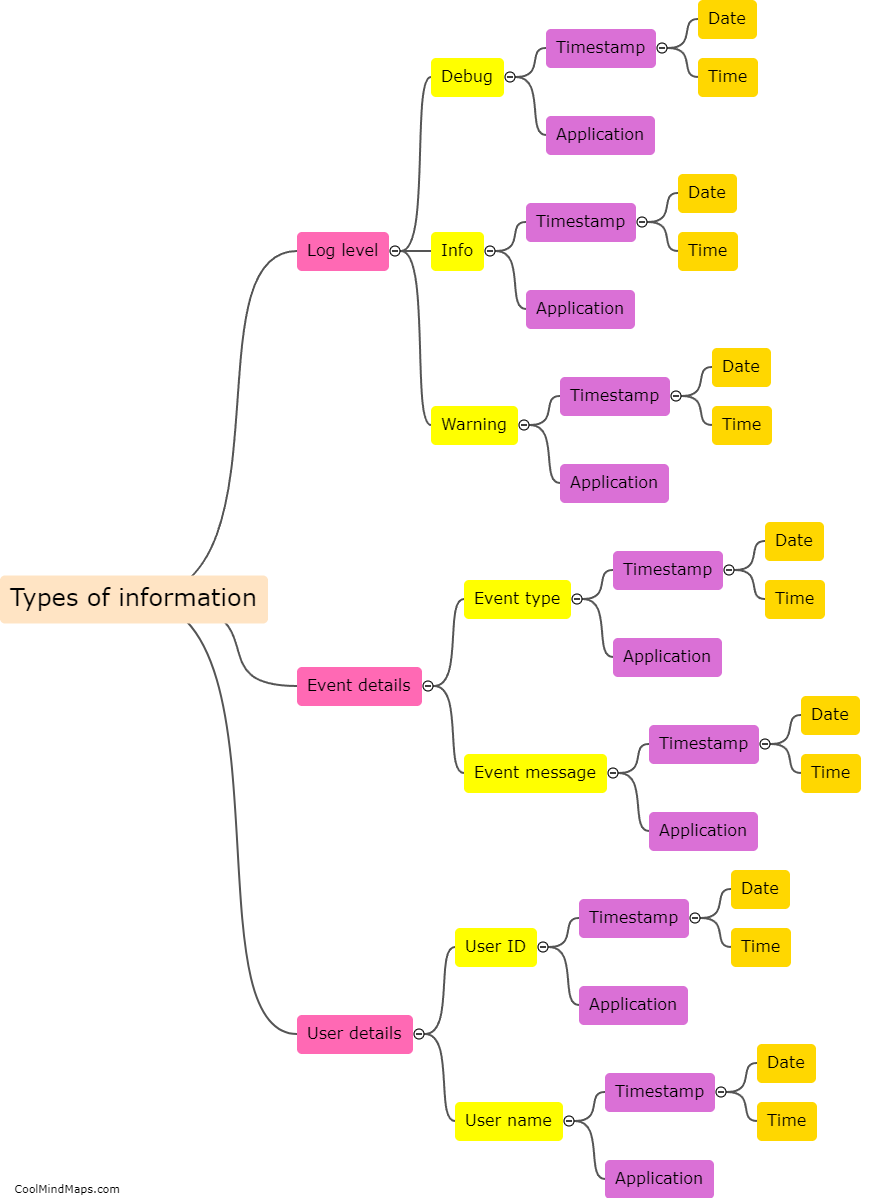What tactics can I use to demonstrate the value of my idea to decision-makers?
When trying to demonstrate the value of your idea to decision-makers, it is crucial to employ certain tactics that effectively convey its potential. Firstly, focus on gathering relevant data and evidence that supports your idea's potential benefits, such as increased efficiency, cost savings, or improved customer satisfaction. Quantify the impact by conducting thorough analysis and preparing compelling visuals. Next, tailor your message to resonate with decision-makers by highlighting how your idea aligns with their goals and addresses their pain points. Craft a persuasive narrative that clearly articulates the value your idea brings to the organization. Additionally, consider presenting a pilot project or a proof-of-concept to showcase its feasibility and potential success. Engage decision-makers in constructive discussions, addressing any concerns or objections they may have and offering practical solutions. Finally, leverage support from influential stakeholders or influential allies, whose endorsement can carry significant weight with decision-makers. By utilizing these tactics, you can effectively demonstrate the value of your idea and increase the chances of securing support from decision-makers.
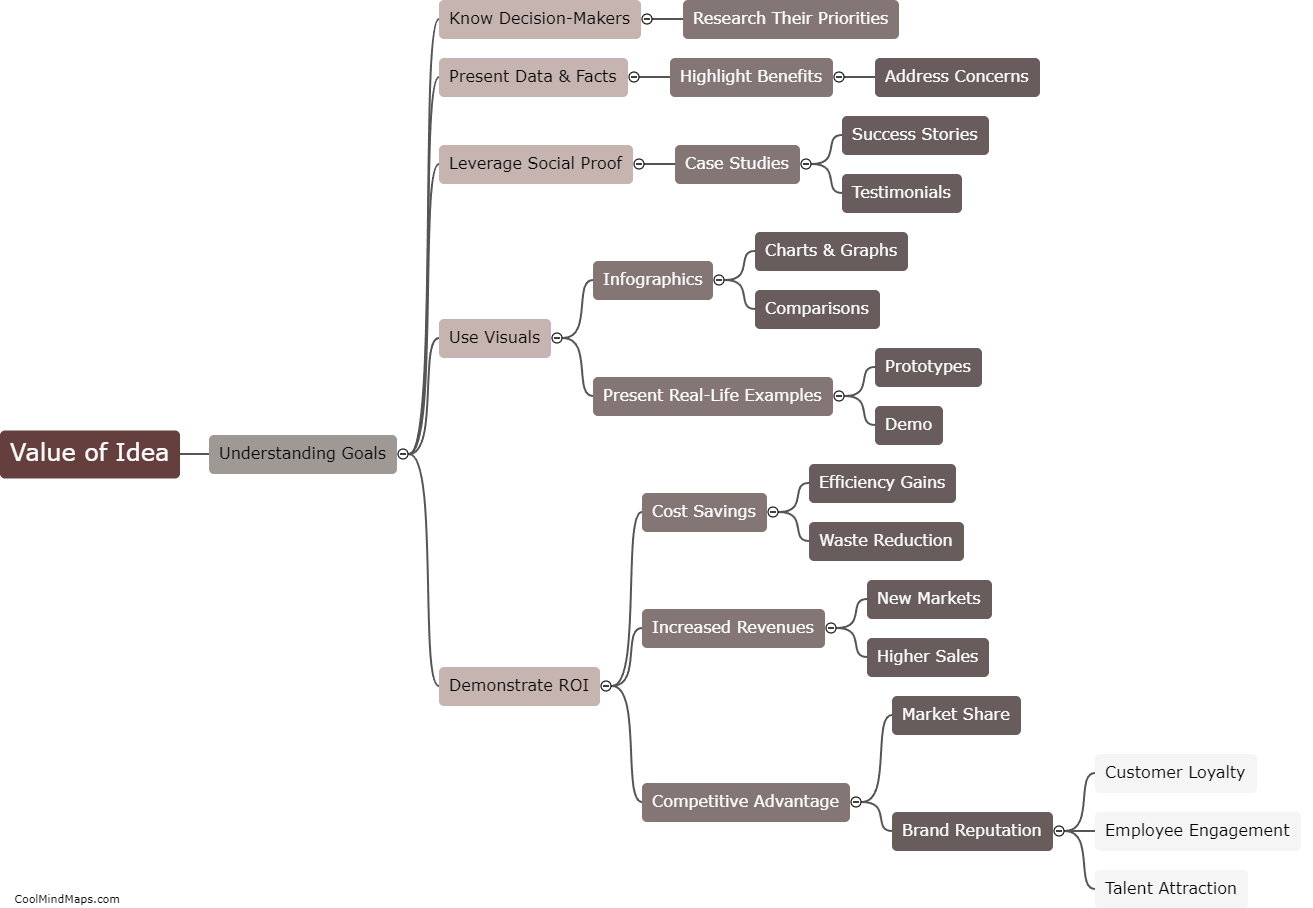
This mind map was published on 27 November 2023 and has been viewed 86 times.
